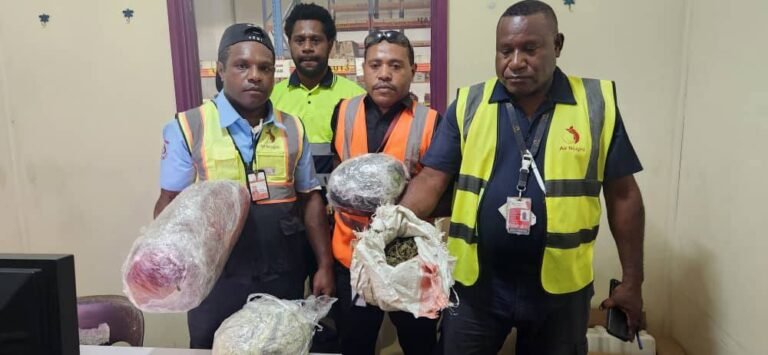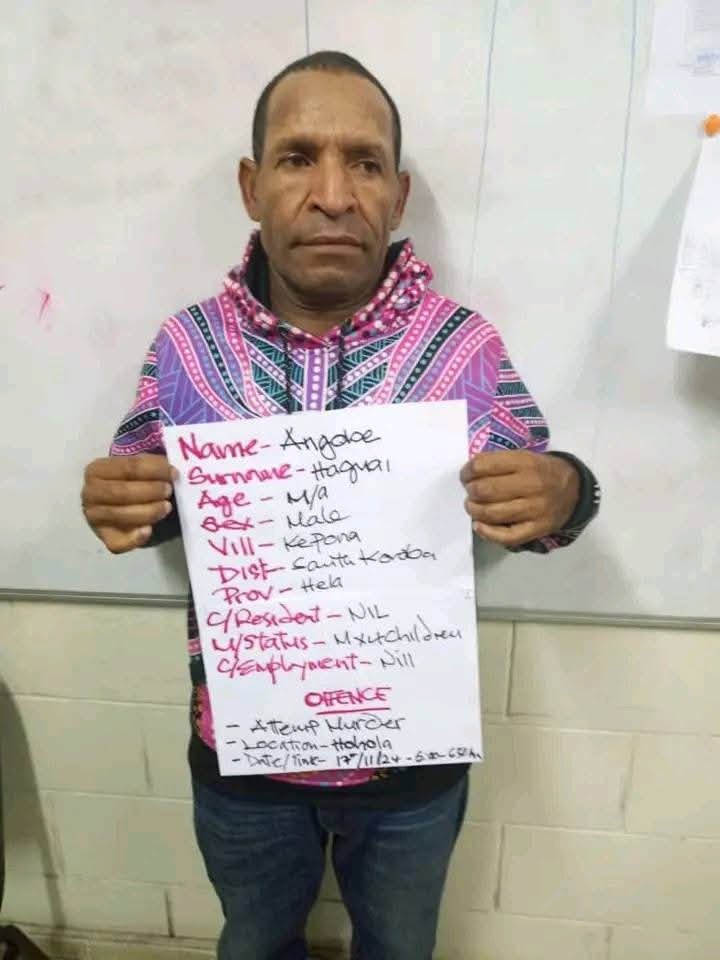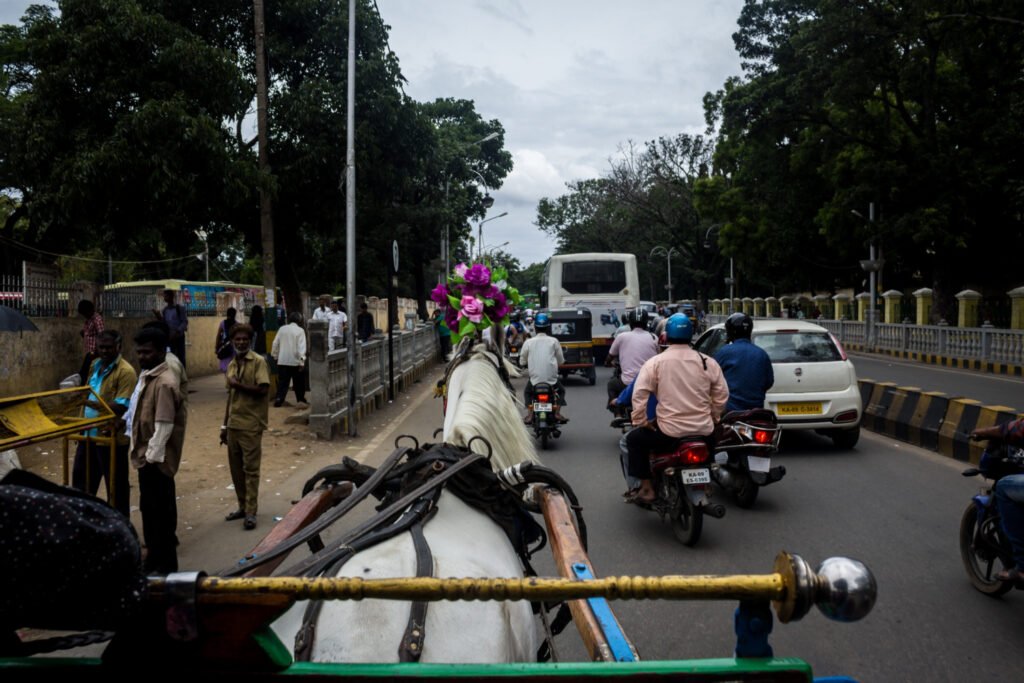In the remote hills of Oro and New Ireland Provinces, a quiet transformation is taking root—literally. Communities are embracing agroforestry, an age-old practice that mixes tree planting with food crops to restore landscapes, prevent erosion, and boost biodiversity. What’s new is how it’s being tailored to combat today’s climate and environmental pressures in Papua New Guinea.
More Than Just Planting Trees
Agroforestry in PNG is being used as a strategic response to worsening soil erosion, climate-related droughts, and the depletion of native vegetation.
“It’s not just about trees—it’s about food security, climate resilience, and restoring the land,” says Lorna Tikiri, a project lead with the Oro Eco Resilience Network.
In Oro Province, farmers are interplanting breadfruit, banana, cocoa, and betel nut trees with crops like taro and cassava. The deeper root systems of trees prevent landslides on steep terrain and hold moisture in the soil during dry seasons.
Nature Meets Livelihood
In New Ireland, agroforestry programs are being used to rehabilitate coastal areas where mangroves once thrived. With the support of NGOs like TreeForLife PNG, villagers plant native hardwoods and fruit trees alongside traditional gardens.
Not only does this improve soil health, but it also diversifies income sources. Farmers can sell surplus fruit or wood while keeping their staple foods intact. Local eco-markets are even starting to showcase “agroforest produce” as a premium, sustainably grown label.
Youth Involvement & Knowledge Sharing
A growing number of youth are joining agroforestry workshops, learning how to create permaculture plots, compost, and manage multi-layered crop systems.
“We’re combining kastom knowledge with modern techniques,” says Peter Avoko, a youth coordinator from Kavieng. “This is our generation’s chance to rebuild the land we depend on.”
Schools are getting involved, too. In some districts, primary schools now run student-led nurseries, growing seedlings for both community planting and income.
Challenges in Scaling Up
While agroforestry is proving effective, it’s not without hurdles:
- Lack of formal training in some areas
- Limited access to quality seedlings
- Pressure from logging interests and unsustainable mono-cropping
Many communities still need stronger support from provincial agriculture offices and consistent access to extension services.
A Model for Climate-Resilient Development
Experts argue that agroforestry could be PNG’s most practical tool for climate adaptation at the grassroots level—one that’s low-cost, community-driven, and regenerative.
“We don’t need billion-kina interventions,” says environmental consultant Jacinta Rabaul, “Just the will to back what rural communities already know works.”
Conclusion: Roots of a Resilient Future
As Oro and New Ireland demonstrate, agroforestry is more than an environmental trend—it’s becoming a rural game-changer, rooted in local knowledge and driven by necessity. Whether on steep hillsides or coastal gardens, the practice is helping PNG farmers reclaim damaged land, restore biodiversity, and redefine sustainable living.

















